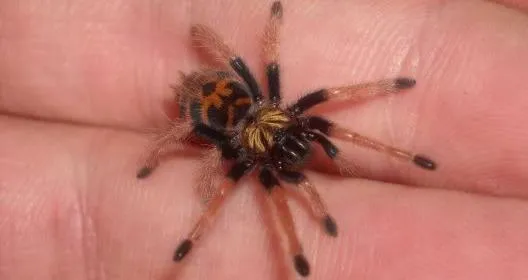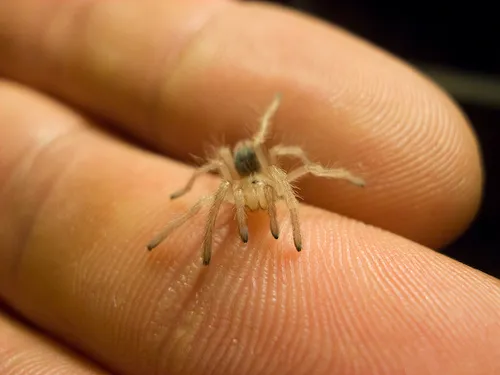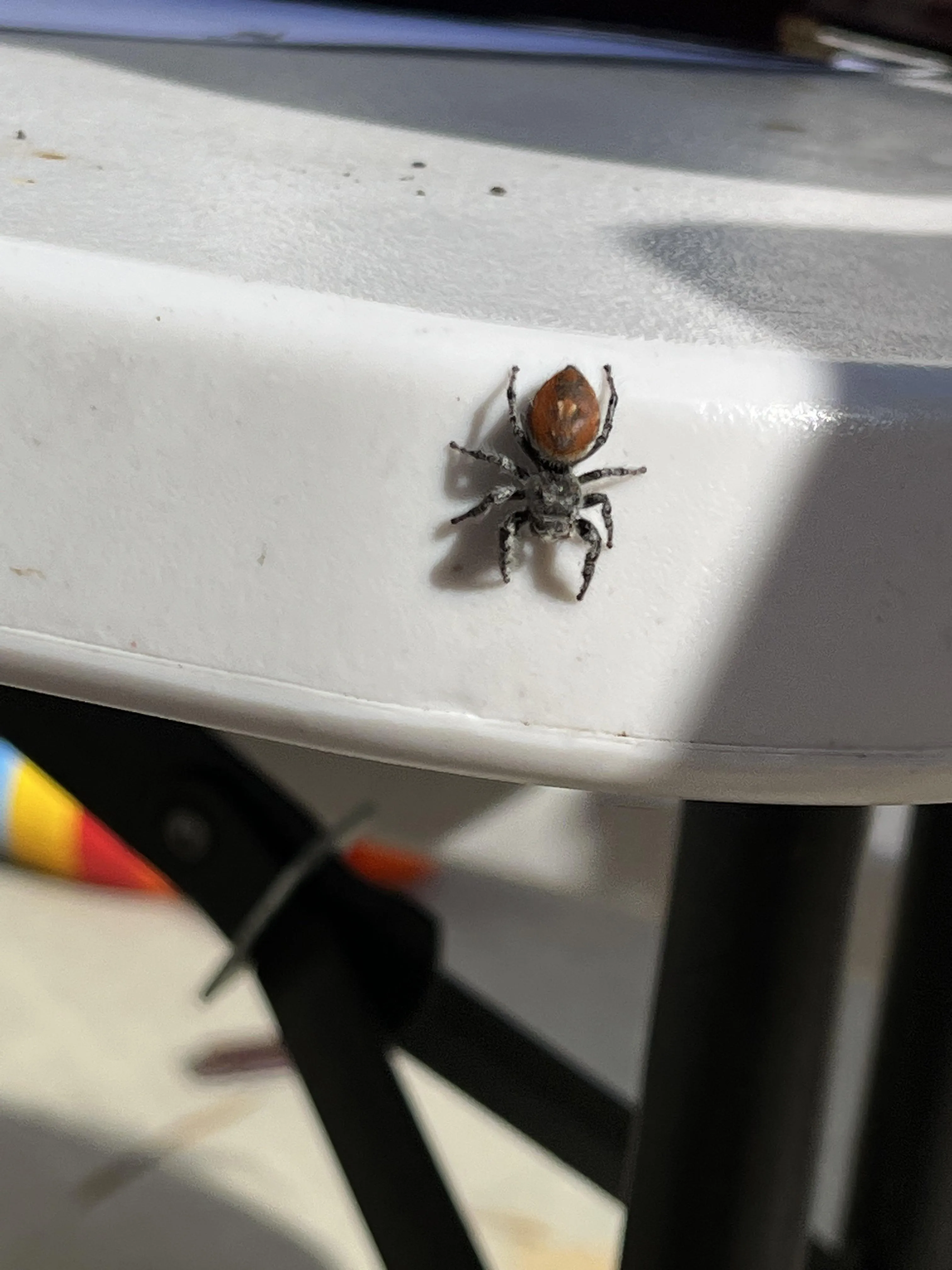What is a Baby Tarantula (Spiderling)?
Baby tarantulas, often called spiderlings, are essentially the juvenile stage of a tarantula’s life cycle. These tiny creatures are miniature versions of their adult counterparts, but with significant differences in size, appearance, and behavior. Understanding what constitutes a baby tarantula is fundamental to appreciating their unique characteristics and needs. A spiderling is typically defined as a tarantula that has recently hatched from an egg sac and is still in its early stages of development. This initial period is crucial for the spiderling’s survival and sets the stage for its eventual growth into a mature tarantula. Baby tarantulas are incredibly vulnerable and require specialized care to thrive, making their understanding a key aspect for anyone interested in these fascinating arachnids.
The Size of a Baby Tarantula
The size of a baby tarantula is one of its most striking features, especially when compared to the adult form. Spiderlings are incredibly small, often measuring just a few millimeters in body length when they first emerge from their egg sac. This small size makes them delicate and susceptible to environmental hazards. Their size is directly related to their stage of development and the species of tarantula. Some species may have slightly larger spiderlings at birth than others. This initial size dictates the type of care they require, including the size of their enclosure, the food they can consume, and the overall environment necessary for their survival. As spiderlings grow, they undergo molting, which is a process of shedding their exoskeleton. Each molt results in a noticeable increase in size, gradually transforming the tiny spiderling into a more robust juvenile.
How Baby Tarantulas Grow

The growth process of baby tarantulas is a fascinating display of biological adaptation. Unlike humans and other mammals, tarantulas grow by molting. This process involves shedding their exoskeleton, a rigid outer covering, to allow for growth. When a spiderling prepares to molt, it will often become less active, may refuse food, and can develop a darker appearance. The molting process itself can take anywhere from a few minutes to several hours, during which the spiderling is extremely vulnerable. After molting, the new exoskeleton is soft and the tarantula will be larger. The frequency of molting decreases as the tarantula matures, with spiderlings molting several times a year, juveniles molting less frequently, and adults molting even less often, sometimes only once a year or less. Each molt is a critical event, allowing the tarantula to not only grow but also to regenerate lost limbs and renew its internal organs.
What do Baby Tarantulas Eat?
The diet of a baby tarantula is a crucial factor in its survival and development. Due to their small size, spiderlings require very specific food sources. Their primary diet consists of tiny insects, such as pinhead crickets, fruit flies, and small flightless fruit flies. These insects must be appropriately sized to be easily captured and consumed by the spiderling. It is essential to provide a diverse diet to ensure the spiderling receives the necessary nutrients. Regularly feeding your baby tarantula is critical, but it is also important to monitor their feeding habits. Spiderlings may not eat every day, especially during the molting phase. Overfeeding can be as detrimental as underfeeding, as it can lead to health issues. Always ensure that uneaten food is removed from the enclosure to prevent mold and other unsanitary conditions.
The Behavior of Baby Tarantulas
Baby tarantulas exhibit a range of behaviors that are distinct from their adult counterparts. Their initial behavior is largely focused on survival and growth. Spiderlings are naturally reclusive, often spending much of their time hiding in burrows or under objects in their enclosures. This behavior is a defense mechanism, protecting them from predators. Baby tarantulas are also highly sensitive to their environment, reacting quickly to changes in temperature, humidity, and light. As they grow, their behavior gradually changes. They may become more active and bolder, and begin to explore their surroundings more frequently. Observing these behaviors can provide valuable insights into the spiderling’s health and well-being. Proper care, including appropriate housing and feeding, will greatly influence the spiderling’s behavior and overall development. The initial behavior is mostly to eat and hide.
Baby Tarantula: Molting Process

Molting is a fundamental process in the life of a baby tarantula, allowing it to grow and regenerate. Before a molt, a spiderling may exhibit several signs, such as loss of appetite, lethargy, and a change in color. The actual molting process involves the tarantula shedding its exoskeleton, revealing a new, larger one underneath. During this period, the spiderling is extremely vulnerable. It’s crucial to maintain a stable environment, avoiding any disturbance. After molting, the new exoskeleton is soft, and the tarantula needs time to harden. You should refrain from feeding the spiderling until the new exoskeleton is fully hardened, typically a few days. The frequency of molting decreases as the tarantula matures; spiderlings may molt every few weeks, while adults molt less frequently. Each molt is an opportunity for growth and the regeneration of any lost limbs or internal organs, making it a critical aspect of their development.
Baby Tarantula: Colors & Patterns
The coloration and patterns of baby tarantulas vary widely among different species and even within the same species. Spiderlings often start with muted colors, with the vibrant hues developing as they mature. Some species have striking patterns even at a young age. These colors and patterns serve multiple purposes, including camouflage and mate attraction. The colors can also provide some indication of the tarantula’s health and development. For instance, a dull or faded appearance might indicate an impending molt. As the spiderling grows, its colors and patterns will become more defined and vivid, reflecting its genetic traits and environmental conditions. The changes in color and pattern are a fascinating aspect of tarantula development, showcasing the incredible diversity of these arachnids. Observing these changes can be an enjoyable part of owning a baby tarantula.
Caring for a Baby Tarantula
Caring for a baby tarantula requires a dedicated approach. Their environment needs to be meticulously managed to ensure survival. Here are some key aspects: The enclosure should be appropriately sized, with good ventilation and a secure lid to prevent escape. The substrate, such as coco coir or peat moss, should retain humidity while providing a safe environment. Temperature and humidity levels must be carefully monitored and maintained at optimal levels for the specific tarantula species. Feeding requires offering appropriately sized live prey, like pinhead crickets or fruit flies, ensuring that uneaten food is removed promptly. Regular monitoring for signs of molting, health issues, or stress is vital. Handle the spiderling with care, as they are delicate. Provide fresh water in a shallow dish. By following these guidelines, you can create a safe and thriving environment, giving your baby tarantula the best chance to grow into a healthy, beautiful adult.
